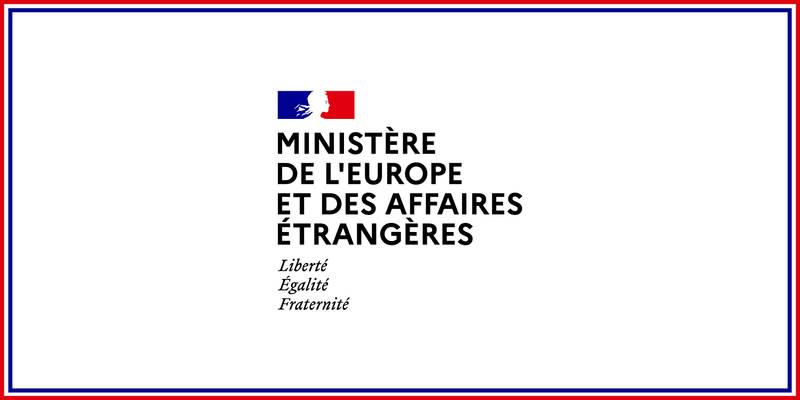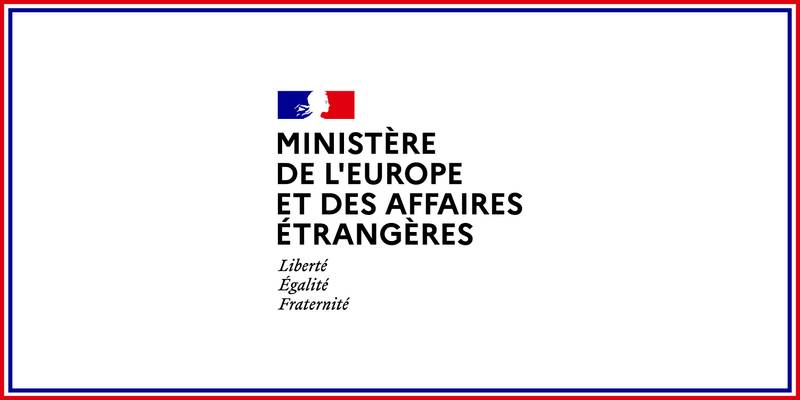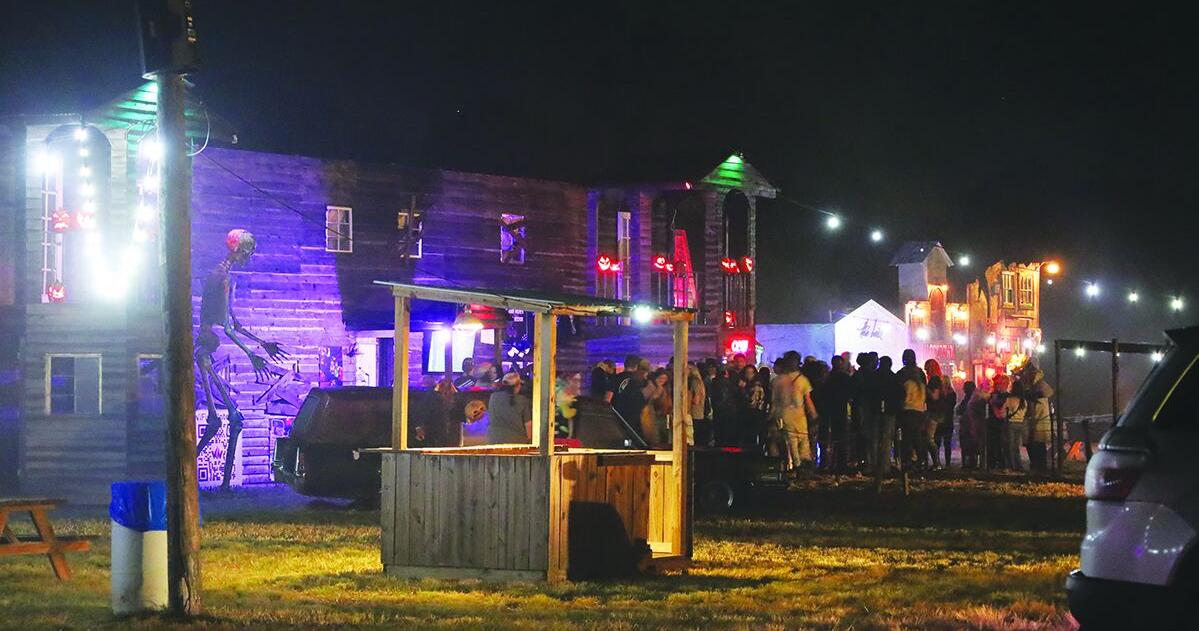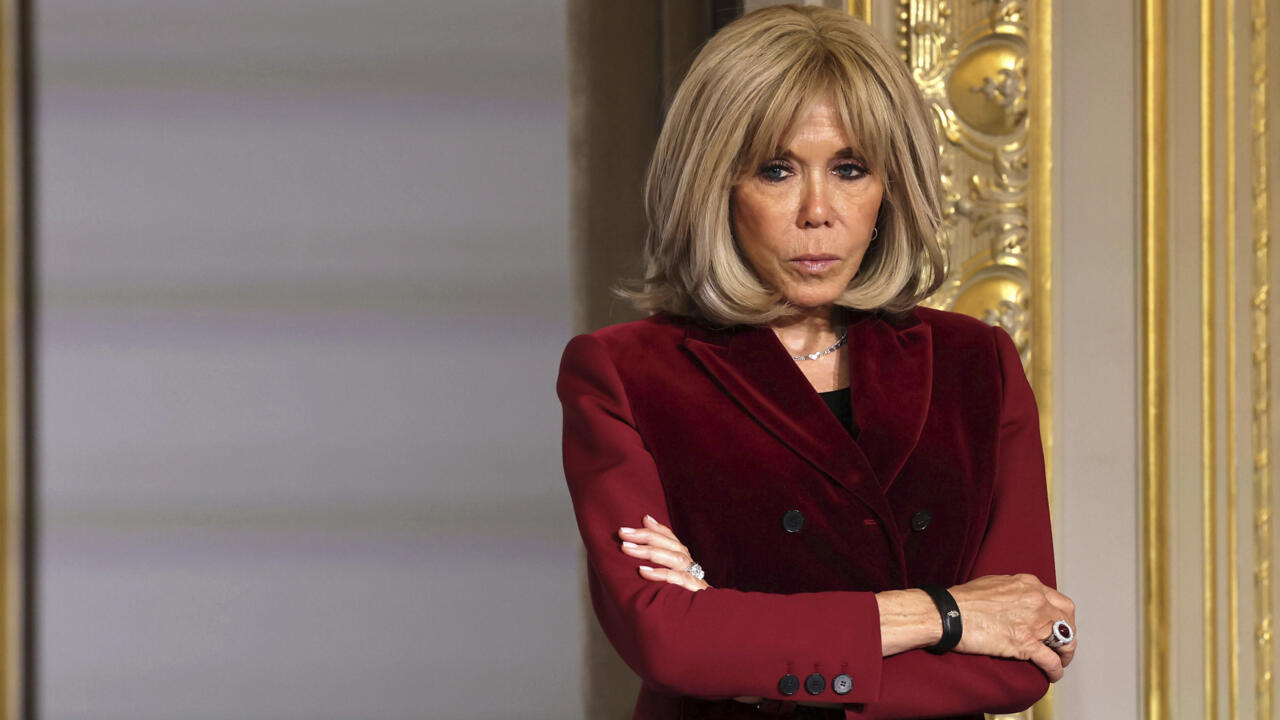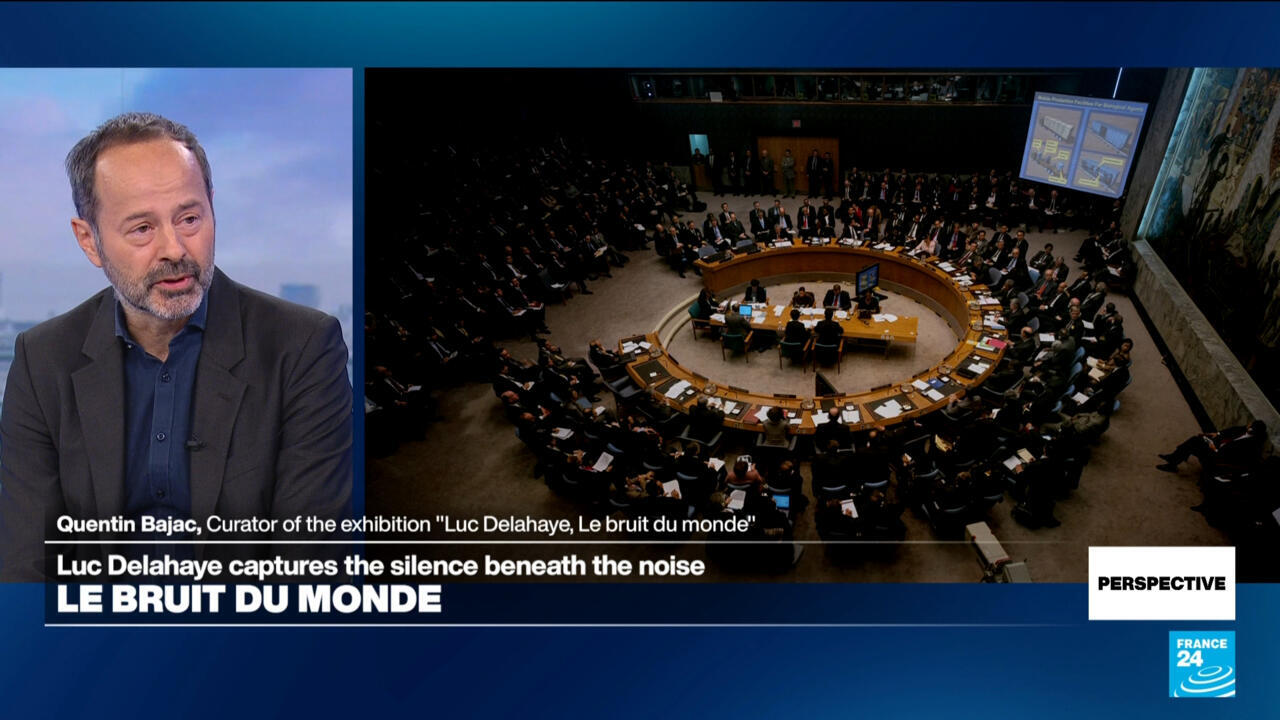Nice is one of France’s most visited cities, and it’s easy to see why, says Janine Marsh. With its sun-kissed Bay of Angels lapped by the lapis lazuli coloured Mediterranean sea, palm trees swaying gently in the warm breeze, cobbled streets of the old town lined with colourful old buildings, magnificent markets, multiple museums, a castle atop a hill, and the mouth-watering local cuisine. Nissa La Bella, as the locals call it (Nice the Beautiful), has oodles of charm.
A little bit of history

Visit Nice today, and it’s hard to remember that around 100 years ago, Nice was a small fishing village. In the surrounding hills, farmers grew vegetables, the sort that could endure the hot summer sun. Going back even further, Nice took its name from Greek settlers who arrived around 350 BC and called it Nikaia after the Greek Goddess of victory, Nike. Long before that, tribes settled here as far back as 400,000 BC.
The Romans were here too – they knew a good thing when they saw it, and settled the area we know today as Cimiez, where remains of a Roman baths complex can be seen.
Nice swung between French and Italian rule for centuries – finally becoming French in 1861 – but, so close to Italy, the dolce vita is firmly entrenched in its DNA – combined with French joie de vivre – it’s a heady mix! In the mid-18th century, the British elite, on their Grand Tours (similar to a gap year), found it to be an ideal winter sun destination. When a prominent writer and doctor named Tobias Smollett wrote about the area’s warm winters and fresh air, which was beneficial to health, Nice became extremely popular and was established as the first winter resort area in the world. When Queen Victoria visited, that was it – the equivalent of a travel influencer of 200 years ago, she inspired anyone who was anyone to go and allegedly claimed on her deathbed, “Oh, if only I were at Nice, I should recover.”

Queen Victoria loved Nice, where she would often holiday in the winter months, meeting up with other European royals – her cousin King Leopold of Belgium, for instance, and Wilhelm II, Emperor of Germany and her grandson. It became more of a holiday destination than a place to convalesce. The Queen liked to travel in disguise, calling herself Countess of Balmoral, but she fooled no one. For a start, she travelled with 100 staff and, upon arrival, booked 80 rooms at the Hotel Regina. It’s still there, and glorious, though now it’s a private apartment block. There’s also a sweet shop in Nice which looks just like it did when the Queen went there for her bonbons.
Nice has UNESCO-listed heritage status thanks to its historic winter tourism status. The early British visitors to Nice were not so fond of the old town – it didn’t suit their refined tastes, so they developed their own playground around the Cours Saleya square which hosts a marvellous market. They created the 4.3 mile long Promenade des Anglais around the Baie des Anges (the Bay of Angels, so called as a local legend claims that angels guided Adam and Eve to the bay after they were exiled from Eden) paid for with money raised by the Anglican church of Nice and completed in 1824. And they built palaces and mansions.
But when the spring came, they all left, and Nice became quiet again. Until the early 1920s, when wealthy Americans arrived and attracted artists of the day, including Picasso, Cocteau, Man Ray, and F. Scott Fitzgerald. And Nice became the place to go in summer, too.
And it remains a year-round destination.
What to see and do

It’s hard to do justice to the colours of Nice, the black and white checked Place Masséna with its fountain featuring the Greek Sun God Apollo, the marbled entrance to the winding cobbled streets of the old town where laundry flutters above the narrow alleys, lined with bright terracotta-coloured buildings, the glittering rays of the sun reflected on the waves, a hint of salt in the sea air, the sweet perfume of bougainvillea that tumbles from balconies and festoons walls, the harbour with its white-sailed yachts and colourful wooden boats – all under an azure blue sky – the intensity of the colours is striking.
The buzz of the pedestrianised market of Cours Saleya (Tuesday to Sunday), an Italianate square lined with restaurants; the sound of birds singing in the trees along the promenade and of the waves crashing on the pebble beach; and the surprising sound of the noonday cannon. Yes, you read that right! In 1861, Englishman Thomas Coventry persuaded the city of Nice to fire a cannon from the hill of the Castle to mark the hour of noon. It was said Mr Coventry wished to remind his wife it was lunchtime, as she was often late returning from her morning walk, distracted by Nice’s many charms and also being a rather talkative woman—good story but… not true. Mr Coventry simply had a passion for chronology! In 1867, he handed over his cannon to the city; a decree was passed that it should continue to be fired at noon. These days it’s a firework you hear, but – it can still make you jump!
Art and culture
Nice has long been a source of inspiration for artists – Chagall, Renoir, Dufy, and many more have been captivated by the colour and light. There are multiple museums and galleries in Nice (second only to Paris), including the Musée Matisse, which features a collection of paintings spanning from 1890 to the gouache drawings that Matisse produced at the end of his life. The artist lived in Nice for 27 years and retired to nearby Vence, where he designed a chapel which he considered to be the greatest work of his life.
For something unique – head to the Negresco hotel, a legendary landmark in the city, and the choice of the rich and famous since it opened in 1913 – including Queen Elizabeth II, James Dean, Grace Kelly and the Beatles. Either stay as a guest (very expensive), or indulge in a meal in one of the two restaurants and you’ll be able to view the hotel’s private art collection of more than 6000 pieces spanning five centuries, including a magnificent Baccarat chandelier with 16,000 crystals – a gift from Czar Nicholas II.
A Taste of Nice

For me, one of the best ways to really experience a place is via the local cuisine, and in Nice, you really are in for a treat. Cuisine Nicoise is unique – a blend of Italian and Provençal flavours in traditional recipes handed down from generation to generation.
At the Atelier Cuisine Niçoise, a cooking class in a 16th century building in the old town, you’ll learn about, make and eat some of the traditional dishes. It’s food that ordinary people have eaten for centuries, not haute cuisine. It’s about the produce that comes from the land that a family could grow for themselves, fish for, forage or afford at the market. The vegetables came from the mountains: artichokes, chard, onions, olives, herbs, and garlic. These vegetables, along with salad and chickpeas, can be used in a variety of ways, including to make flour, which is used to make socca (a flatbread mixed with water, salt, and olive oil). Piedmontese cuisine also had an influence, introducing potatoes for gnocchi. Meat was reserved for Sundays after mass, or for festival days.

My lesson with Alain the chef included pan bagnat, a bread roll drenched in olive oil and balsamic vinegar, and filled with finely chopped seasonal vegetables, fresh broad beans, and basil leaves. Then we made a simple pastry for pissaladière, a caramelised onion tart decorated with salty anchovies and piquant black olives.
Then gnocchi – chickpea flour, minced boiled potato and chard dough, hand-rolled into sausage shape and cut into small pieces (which locals refer to as ‘merde de chien!) served piping hot with pistou – a staple of the south – an olive oil, garlic and basil sauce.
“There’s no such thing as too much olive oil”, said Alain as he poured with abandon. “Nicoise cuisine is like the people of Nice – colourful, generous, joyful.” I suspect the people of Nice also have olive oil in their veins.
Authentic restaurants in Nice
Nice is all about food, and the city has so many restaurants that it gives Lyon (AKA the capital of gastronomy) a run for its money, and thanks to the seemingly endless sunshine, there are more tables outside than inside most of the year round. Restaurants with the Cuisine Nissarde label serve authentic cuisine of Nice.
Locals Love: Maison de Marie (lamaisondemarie.com) tucked away a tiny walk from Place Massena, through an arch which emerges into a stunning courtyard. There are no mamby-pamby portions here, generous food, indulgent and epicurean – impossible to resist. “Food of the Gods”, my gourmet dad would have said with relish.
Love local: Lu Fran Calin (lu-francalin.fr) in the old town where I can highly recommend the tasting platter if you fancy an authentic taste of Nice: roasted peppers, stuffed tomatoes, panises – chick pea chips, polenta, pisaladiere, green and black tapenade, chickpeas, meaty mushrooms in a pesto sauce and a few more things. Do not eat before you go there!
Don’t miss: Restaurant, bar (including a speakeasy!) Felix (felixdenice.fr) – stunning décor, think Belle Epoque deluxe, superb menu, great ambience and excellent cocktails (DJ sets on weekends).
Where to stay: The lovely Hotel la Villa (hotel-villa-nice-centre.com) is just a couple of minutes’ walk from the old town.
Discover what to see and do in Nice and its surroundings: explorenicecotedazur.com
7 things to not miss in Nice

-
- A money-saving 24h, 48h, or 72h French Riviera Pass is a must for activities in and around Nice. It includes guided tours on foot, by petit train, bus and boat, plus museum entry, wine tasting and dozens more experiences.
- The hop-on-hop-off bus tour is excellent for getting around Nice and stops in 12 prime locations, including neighbouring Villefranche-sur-Mer.
- Indulge in an ice cream; the Italian influence is strong and delicious. Try Fennochio (with around 100 flavours, this is the locals’ favourite) in lively Place Rossetti.
- Shopping fans will be in their element – you’ll find high street stalwarts, several shopping malls and high spenders’ favourites like Louis Vuitton and Chanel.
- Climb to the top of the Colline du Chateau, little of the castle remains, but the breath-taking views from what is now a park, over the sea and the city, make the trek worthwhile.
- Nice is a brilliant base for day trips – Cagnes-sur-Mer (just 25 minutes by train from Nice Ville), is a coastal town where the sea meets art history – the painter Renoir lived here, and his former home is now a museum (more coming up on this town in the Autumn issue of the magazine).
- Visit St-Paul-de-Vence, one of the must-see perched villages of Provence. Follow the self-guided walking route through the squares and alleys of this strategic border stronghold that was protected with ramparts in the 16th century on the orders of François 1 and discover the story of its heritage buildings and famous residents revealed in some 20 interpretation panels. Actor and singer Yves Montand loved to play pétanque in the Place du Jeu de Boules; 20th century artists like Matisse and Picasso regularly met in the Colombe d’Or restaurant; and artist Marc Chagall is buried in the cemetery with his wife Vava.
Janine Marsh is the author of several internationally best-selling books about France. Her latest book How to be French – a celebration of the French lifestyle and art de vivre, is out now – a look at the French way of life. Find all books on her website janinemarsh.com
Want more France?
Discover more fabulous destinations in France with our free magazine The Good Life France
Love France? Have a listen to our podcast – everything you want to know about France and more!
All rights reserved. This article may not be published, broadcast, rewritten (including translated) or redistributed without written permission
The post Culture and cuisine in colourful Nice appeared first on The Good Life France.





